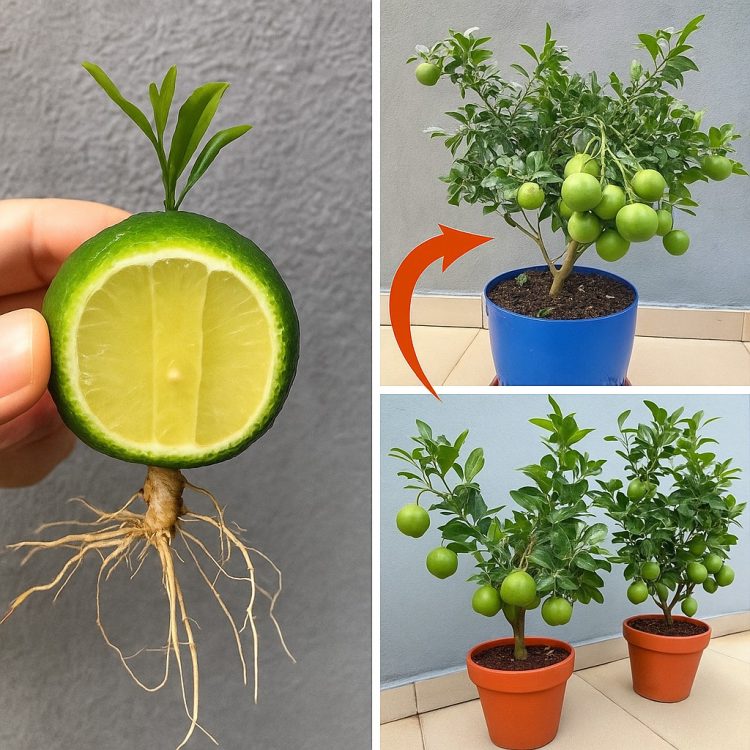-
Dampen a paper towel or cotton pad with water—moist but not dripping.
-
Place the cleaned seeds on the moist surface and fold it over to cover them.
-
Insert the wrapped seeds into a resealable plastic bag or a small airtight container. This creates a miniature greenhouse effect, holding in moisture and warmth.
-
Label the bag with the date and place it in a warm spot, such as on top of a refrigerator or near a sunny window (but not in direct sunlight).
Step 3: Wait and Monitor
Check the bag every 3–5 days to ensure the towel or cotton remains moist and that there is no mold. If you see any mold forming, remove the affected seeds and replace the paper towel.
Within 1 to 2 weeks, you should begin to see small white roots emerging from the seeds. Some seeds may take a bit longer, depending on temperature and seed condition.
Step 4: Transplanting Sprouted Seeds
Once the roots are about 1–2 cm long and the seed shows signs of sprouting, it’s time to plant.
-
Fill small pots with light, well-draining potting soil.
-
Plant each sprouted seed about 1–2 cm deep, root side down.
-
Water gently and place the pots in a warm, bright area with indirect sunlight.
Keep the soil moist but not soggy during this early growth phase. Within a few days to a week, you’ll see the first green shoots emerging from the soil.
Care Tips for Young Lemon Seedlings
-
Light: Lemon seedlings love light. Once they’re a few weeks old, gradually move them into a sunnier location.
-
Watering: Keep the soil consistently moist but avoid overwatering. Make sure your pots have good drainage.
-
Temperature: Lemons prefer warm conditions. Avoid placing the seedlings in drafty or cold areas.
-
Patience: Growing citrus from seed takes time. Don’t expect fruit right away—lemon trees grown from seed may take several years to bear lemons, but they can make beautiful, fragrant houseplants in the meantime.
Bonus: Can You Grow Lemons Indoors?
Absolutely! While lemon trees naturally thrive in warm outdoor climates, they can also be grown indoors in containers. Just make sure they receive plenty of sunlight (at least 6–8 hours per day) and protect them from cold drafts in winter.
Dwarf varieties are especially suitable for indoor spaces and can even produce fruit when properly cared for.
Final Thoughts
With this simple method, growing a lemon tree from seed becomes not just possible, but easy and enjoyable. It’s a fun project for gardeners of all levels—and a great way to teach kids about plant growth and patience.
You don’t need a garden, fancy tools, or expensive equipment. Just a lemon, a little moisture, and a warm place to wait. In just a couple of weeks, you could have your very first lemon seedling growing strong.
Give it a try—you might be surprised at how satisfying it is to grow your own lemon tree from scratch.
